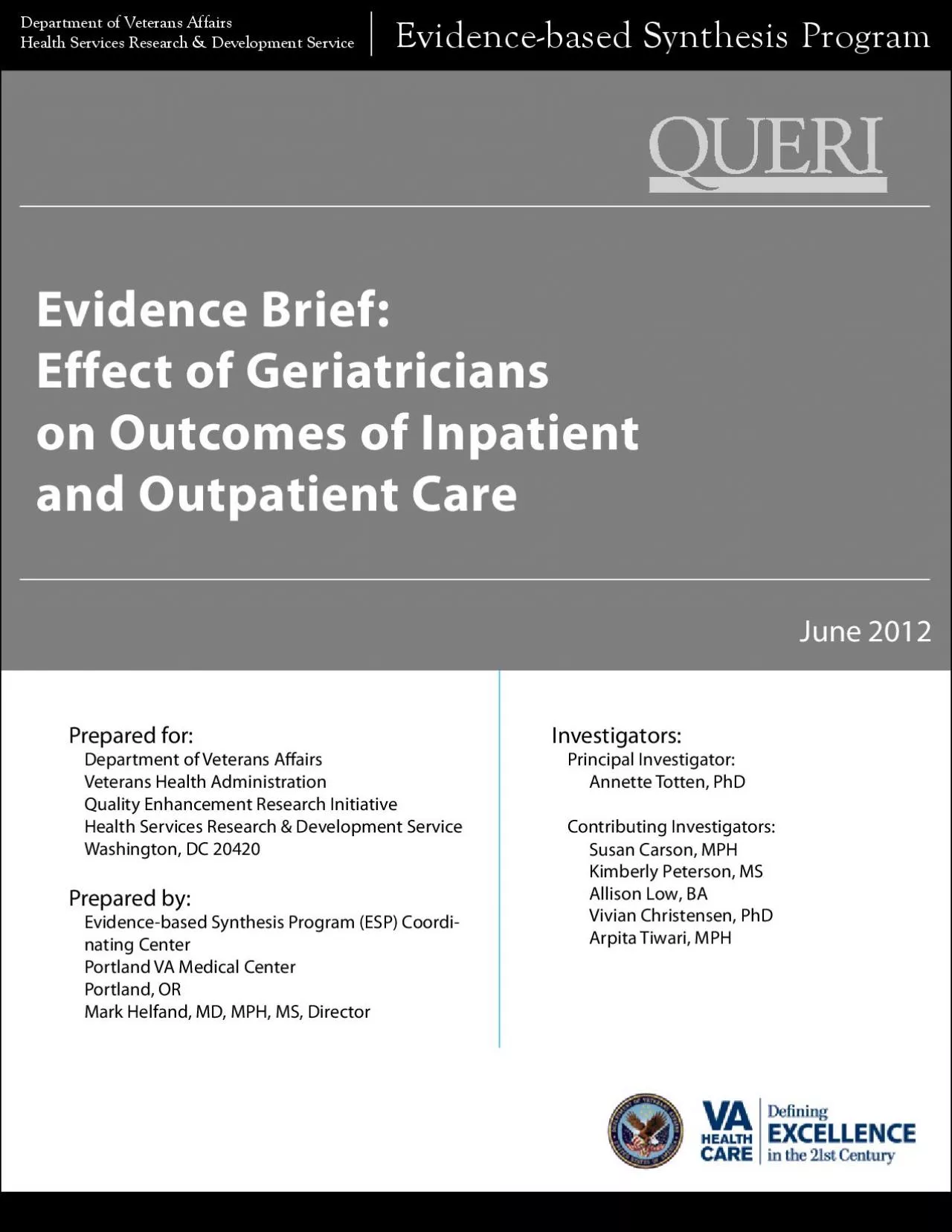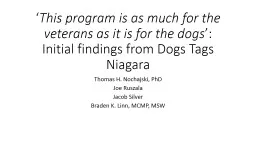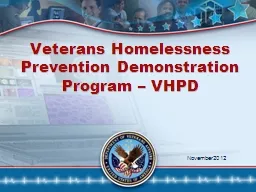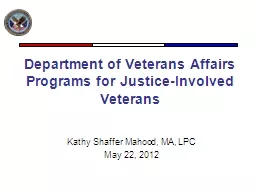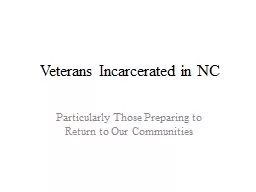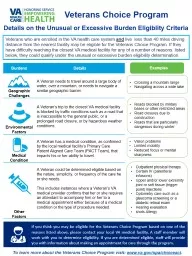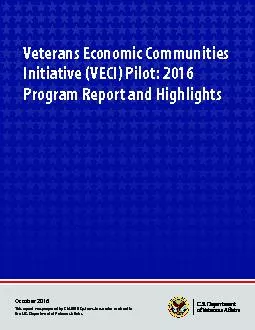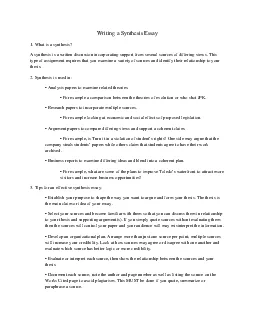PDF-Evidencebased Synthesis Program Department of Veterans AffairsHealth
Author : elise | Published Date : 2021-09-30
June 2012Evidence Brief Effect of Geriatricians on Outcomes of Inpatient and Outpatient CarePrepared forDepartment of Veterans A31airsVeterans Health AdministrationQuality
Presentation Embed Code
Download Presentation
Download Presentation The PPT/PDF document "Evidencebased Synthesis Program Departme..." is the property of its rightful owner. Permission is granted to download and print the materials on this website for personal, non-commercial use only, and to display it on your personal computer provided you do not modify the materials and that you retain all copyright notices contained in the materials. By downloading content from our website, you accept the terms of this agreement.
Evidencebased Synthesis Program Department of Veterans AffairsHealth: Transcript
Download Rules Of Document
"Evidencebased Synthesis Program Department of Veterans AffairsHealth"The content belongs to its owner. You may download and print it for personal use, without modification, and keep all copyright notices. By downloading, you agree to these terms.
Related Documents

